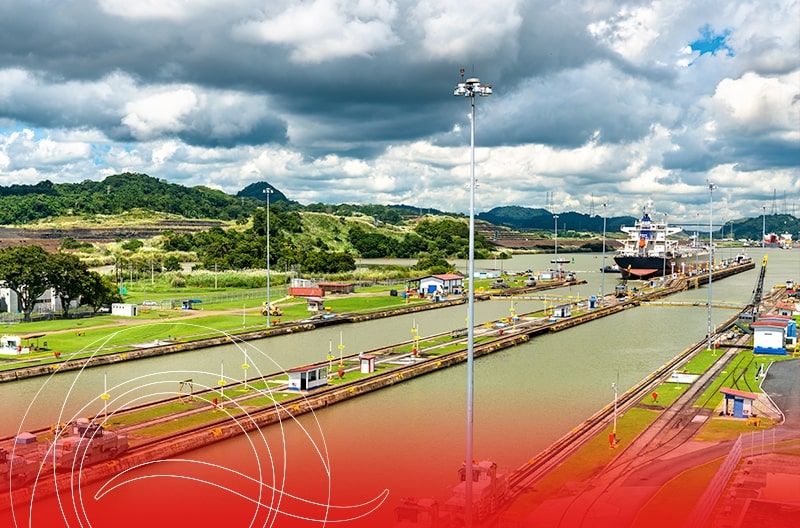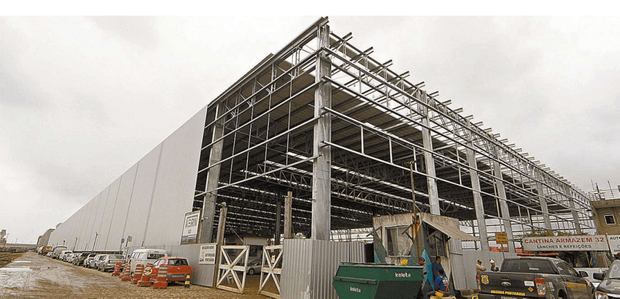
The logistical nightmare behind the construction of the world’s largest canal
An important piece of logistics for the world since its construction, the Panama Canal has completely changed the global freight transportation landscape to the point where it would be almost impossible to imagine a globalized world like ours without it. With more than 14,000 ships passing through it every year, the construction of the Panama Canal helped shorten the routes of ships with the most varied destinations, greatly reducing the passage through the dangerous Strait of Magellan (which even though dangerous was still safer than other alternatives).
However, even though it was an excellent logistical solution once delivered, the construction of the Panama Canal was nothing but a nightmare for all the professionals involved, whether they were responsible for logistics, engineers or simple laborers.
EARLY PROJECTS AND THE FRENCH PLAN
Since the period of Iberian colonization in the Americas, the need for the construction of some kind of canal to facilitate trade was seen, with the subject being revisited and discouraged over several centuries by various thinkers and political leaders, such as Spain’s Carlos V and Thomas Jefferson. Numerous private attempts also existed, mainly by England and the United States, the Americans even building a railroad in 1850 to facilitate the flow of gold from the west coast and facilitating trade until the Panama Canal was built.
It wasn’t until 1880 that a first project for the opening and construction of the Panama Canal would finally be put into play, with Ferdinand de Lesseps – the creator and engineer responsible for the Suez Canal, as the main person responsible for the new canal were not enough to overcome the severe engineering challenges and diseases that affected the project for 4 years, until the bankruptcy of his company.
PANAMANIAN INDEPENDENCE AND THE CONCLUSION OF THE CONSTRUCTION BY THE UNITED STATES
In 1903, the then President of the United States, Theodore Roosevelt, was confident that his country could finish the project that the French failed and asked the Colombian government for permission to use the area to finish the construction of the Panama Canal, however, the Colombian senate did not approve and in a surprising twist, the US government supported Panamanian rebels in their fight for independence by helping block part of the Colombian naval fleet from reaching Panama. This support was mutual, for as soon as Panamanian independence was won, the U.S. government was able to buy control of the Panama Canal Zone for $10 million.
Over the ten years it took to complete the construction of the Panama Canal, three different engineers went through the project, the most notable being John Frank Stevens, who was primarily responsible for changing some existing ideas about the need to alter the course of the Chagres River and use locks and build most of the infrastructure needed to get the project going. Much of the success of the project comes from the fact that in 1907, scientists were able to successfully identify and eliminate the mosquitoes that transmit yellow fever, the main cause of deaths during the entire project.
CURRENTLY
Since 1999 the Panama Canal has been controlled by the country itself and no longer by the United States, with works for expansion and improvements being executed and idealized since then.
There is also the possibility of creating new channels to compete with the main canal in the world, such as a new canal in Nicaragua and the use of a possible canal through the Northwest Passage, mainly because of the melting glaciers due to climate change that has been affecting the world.



